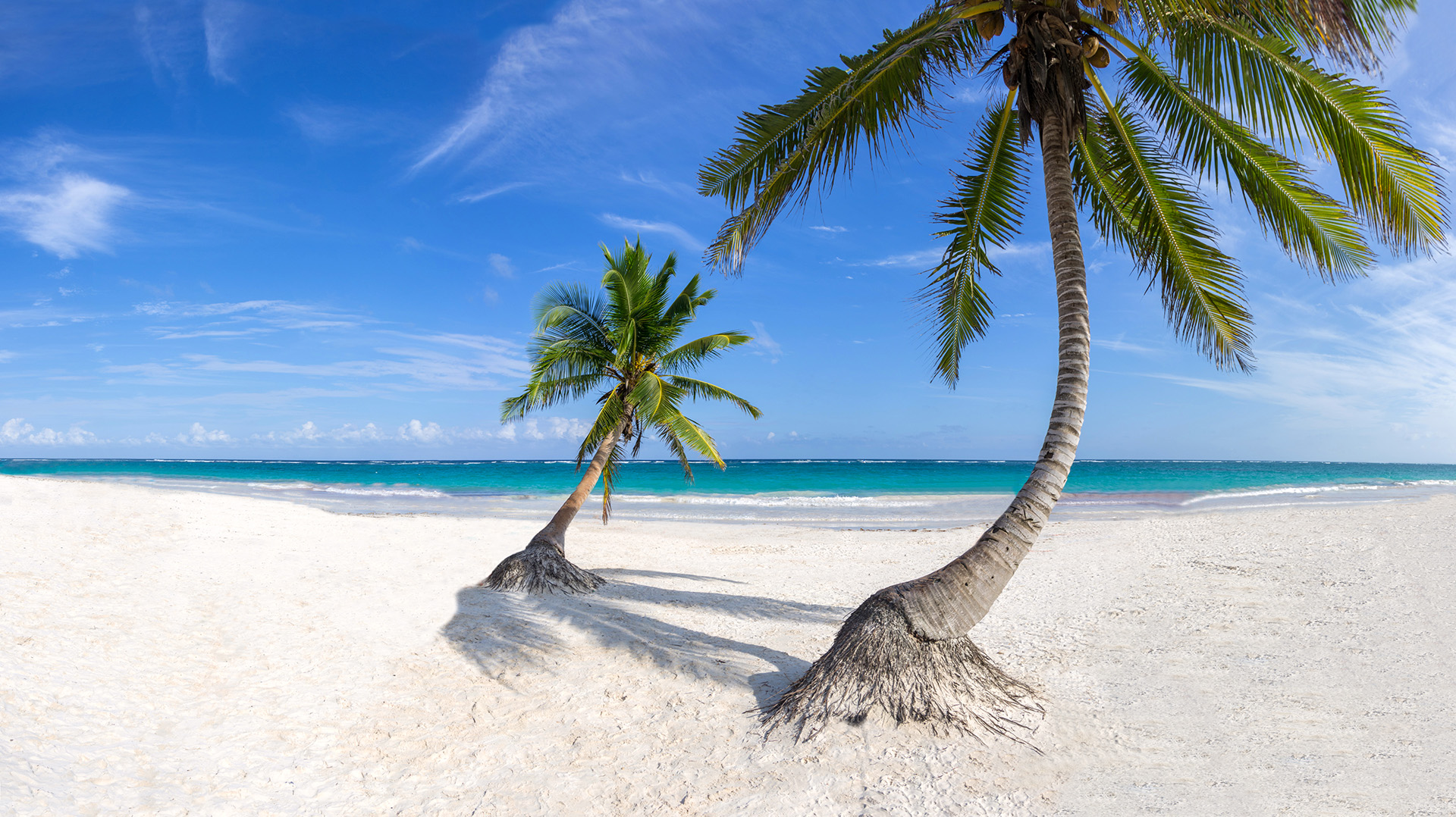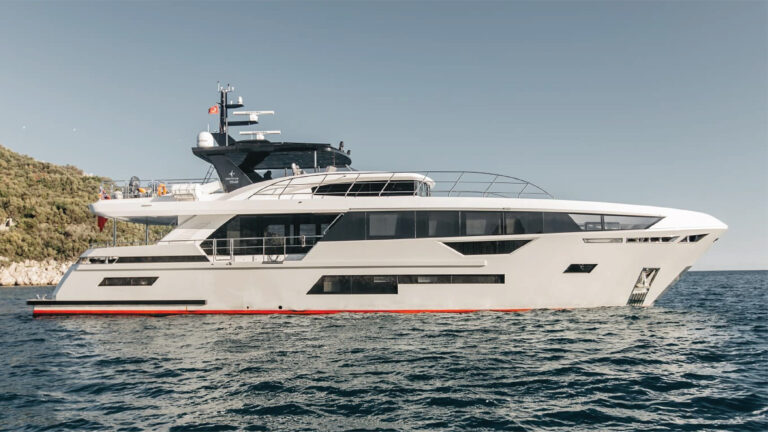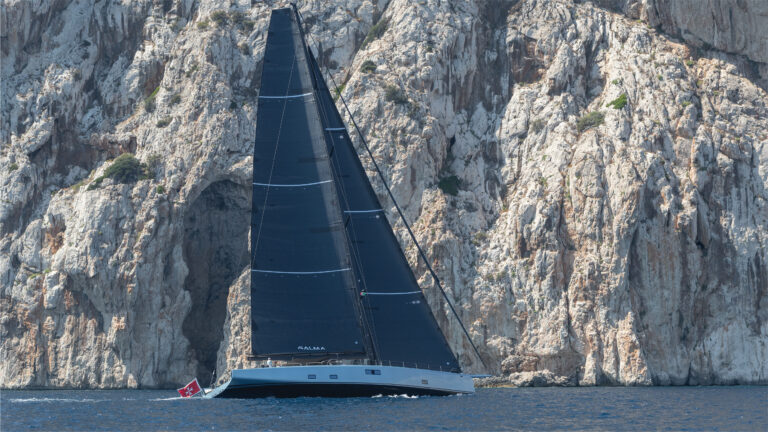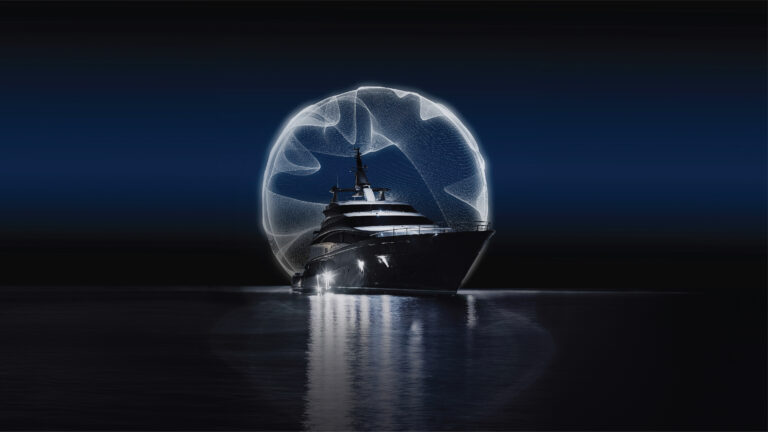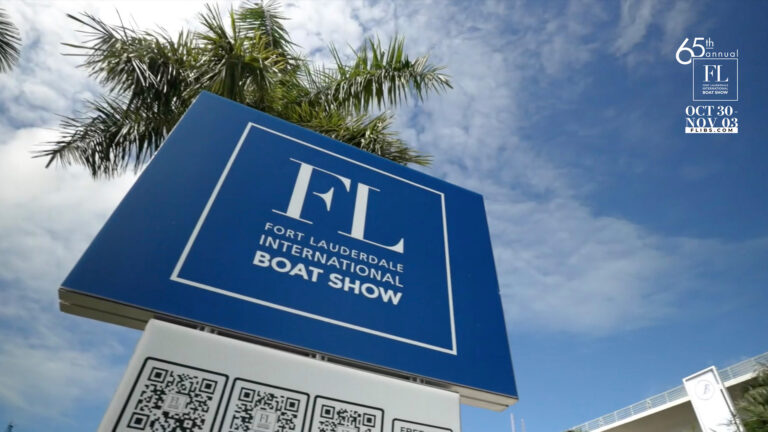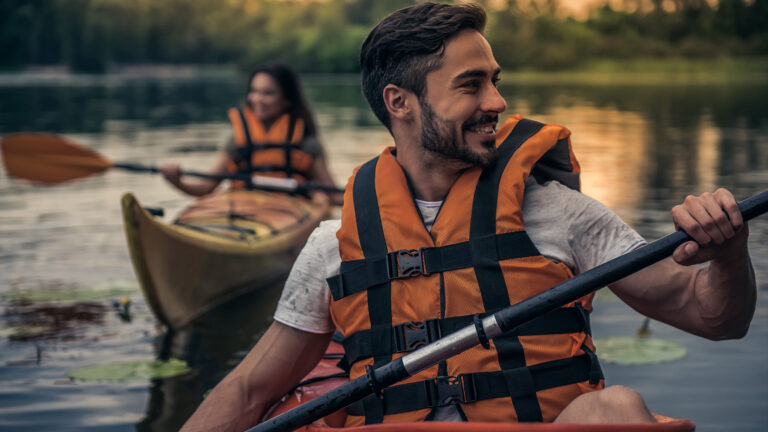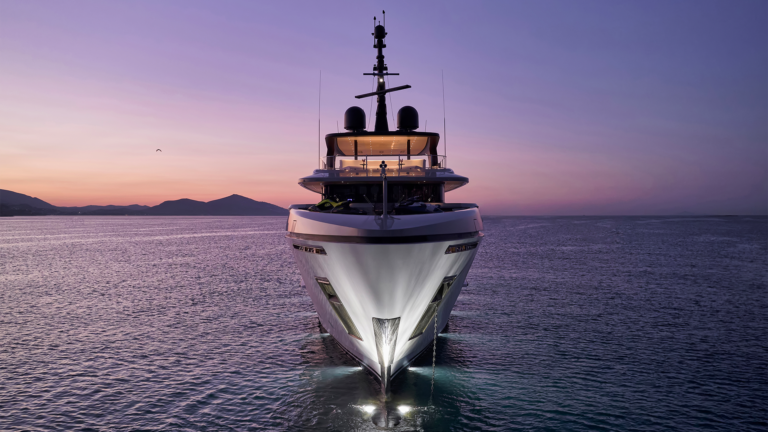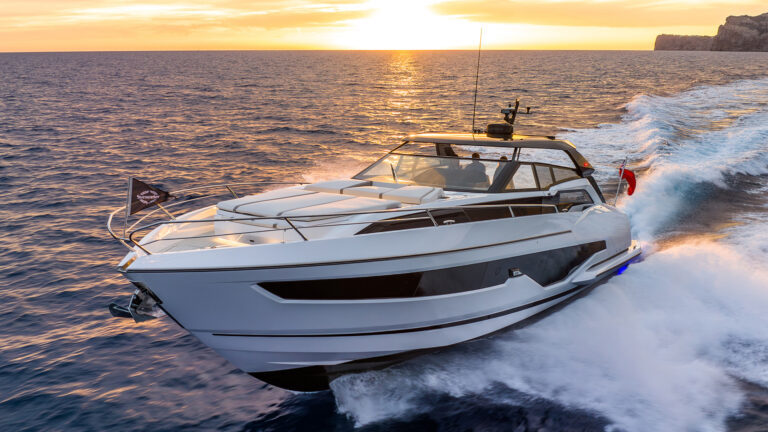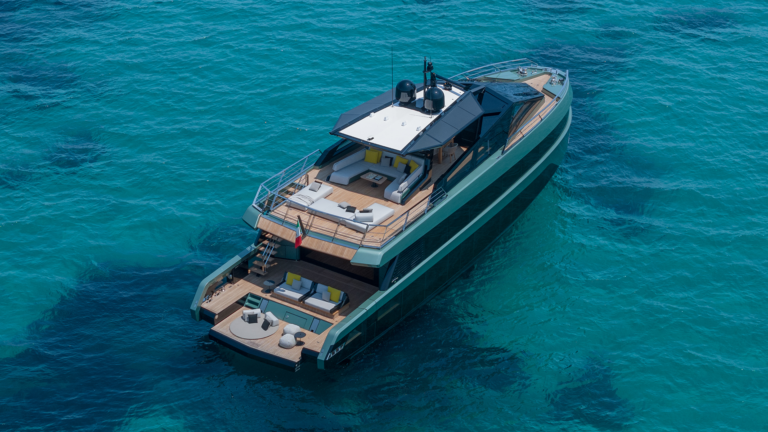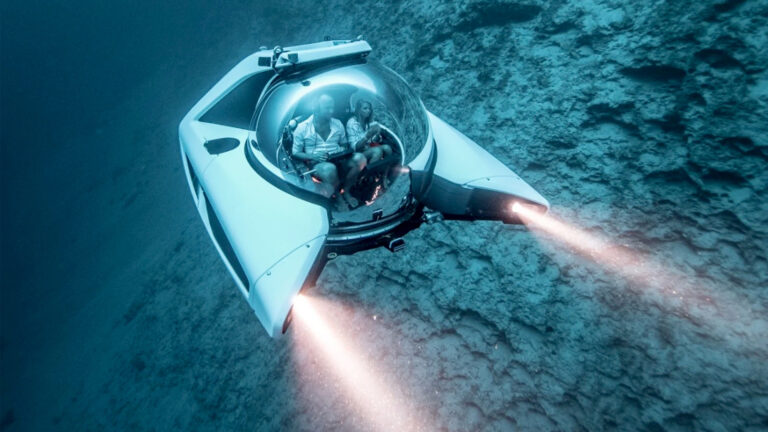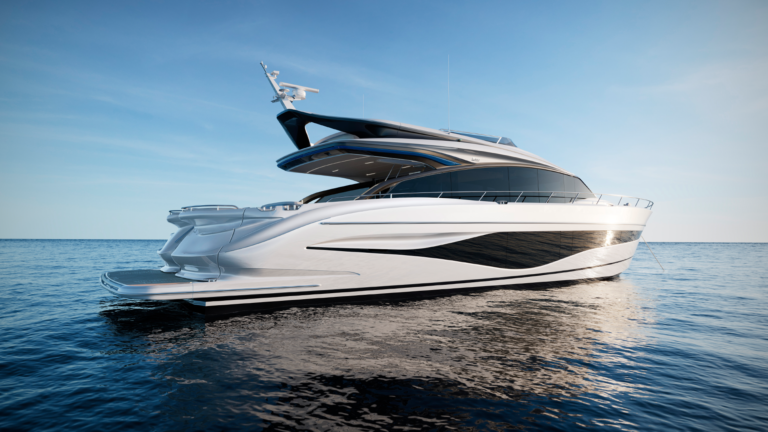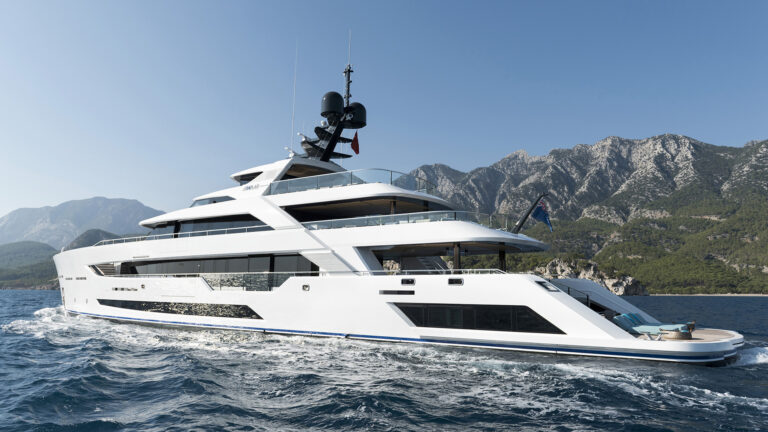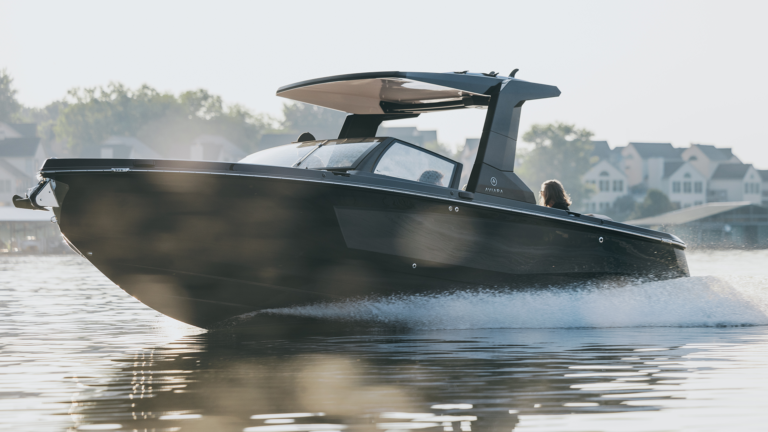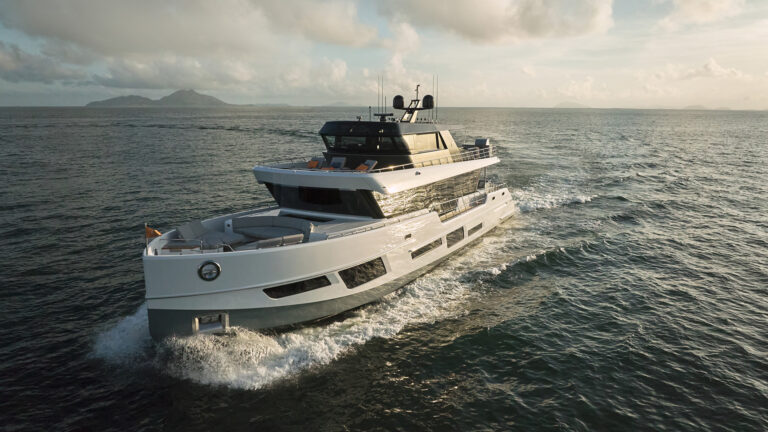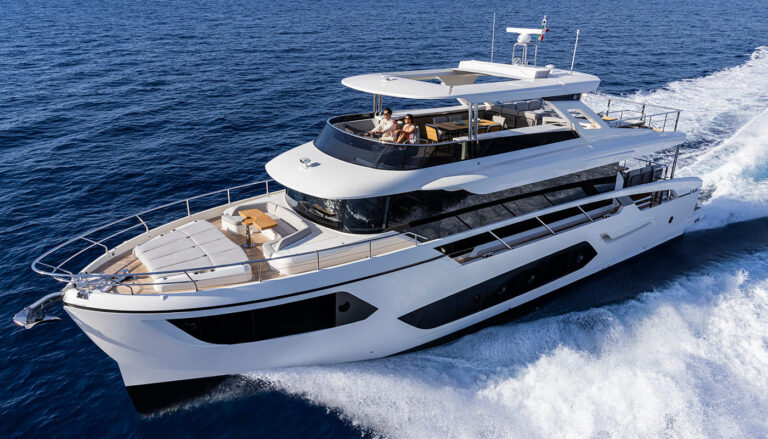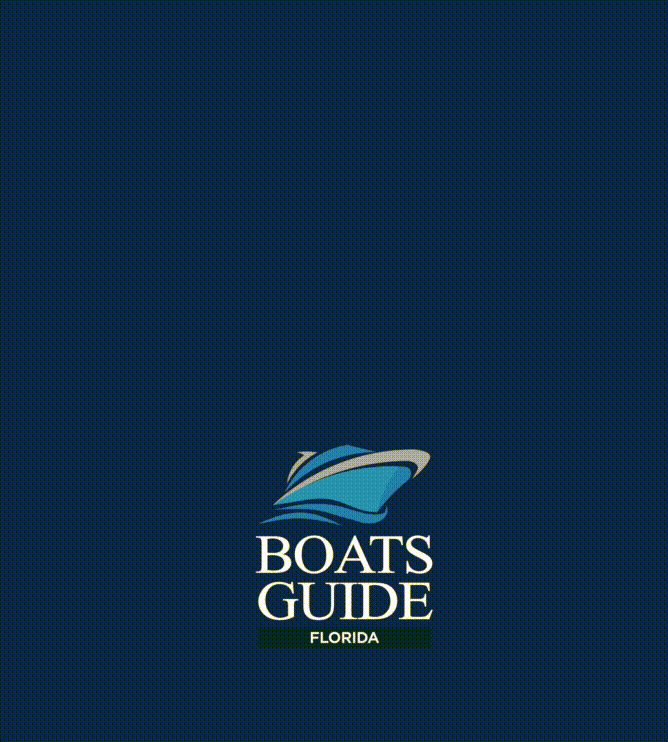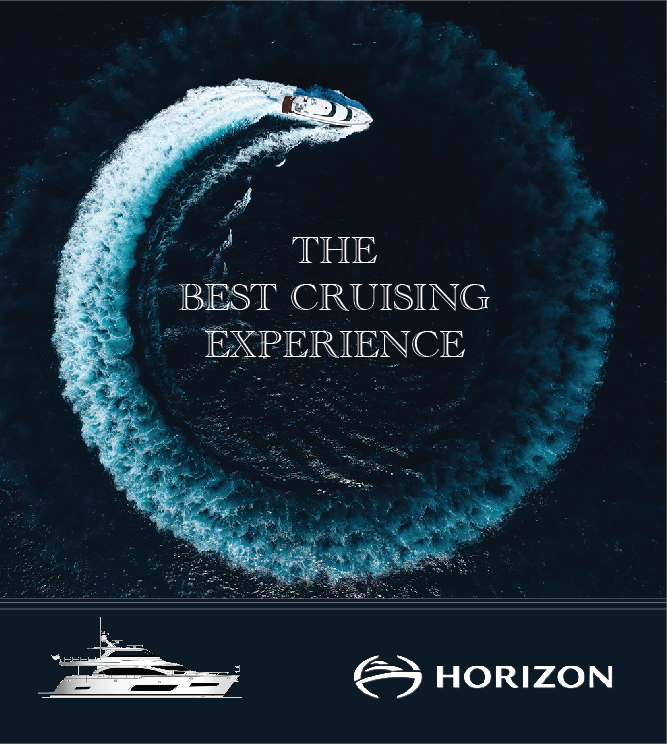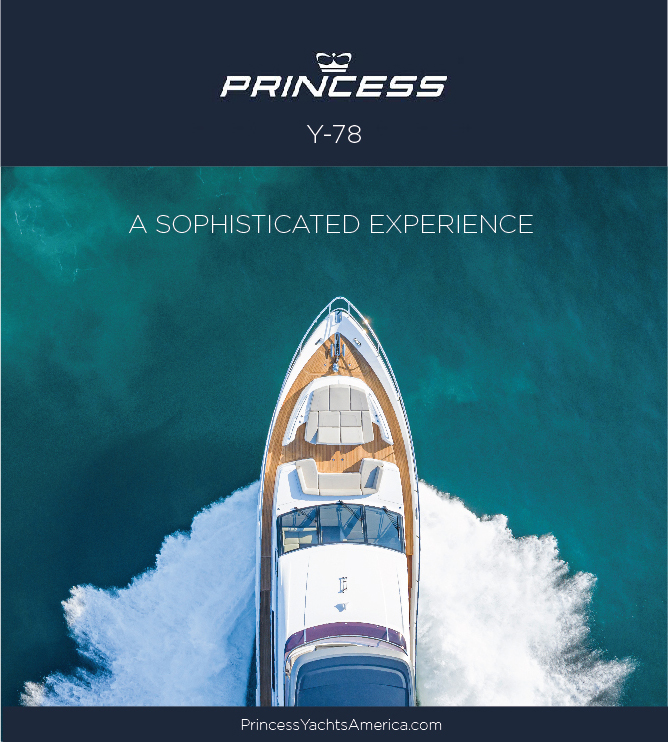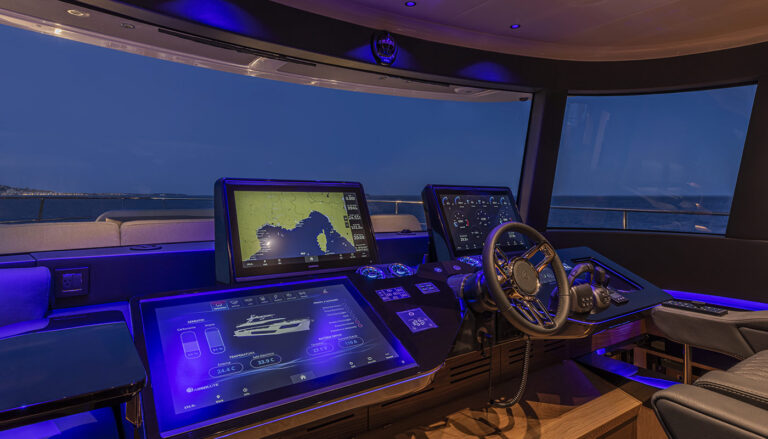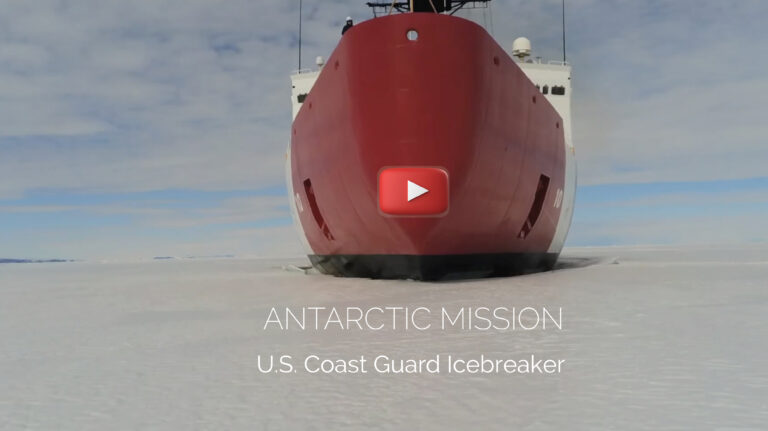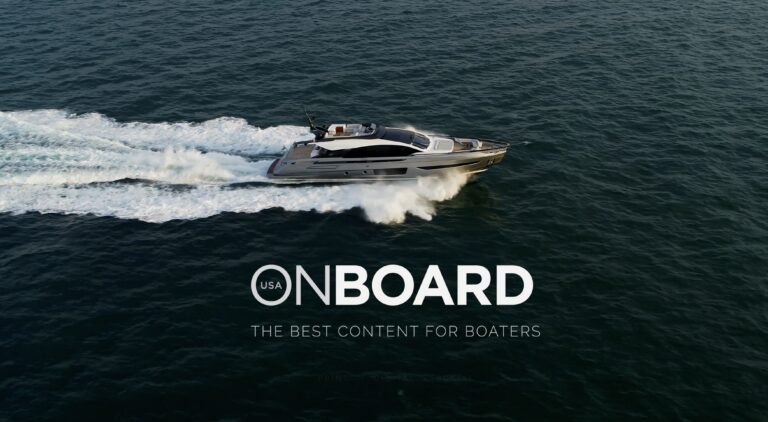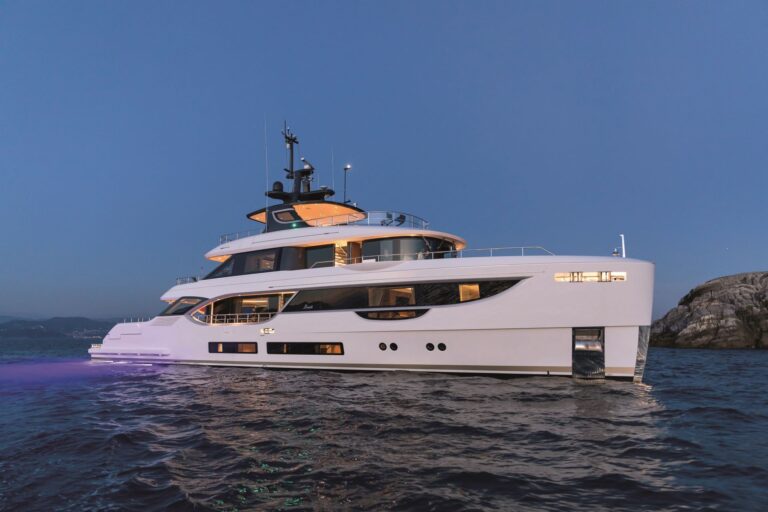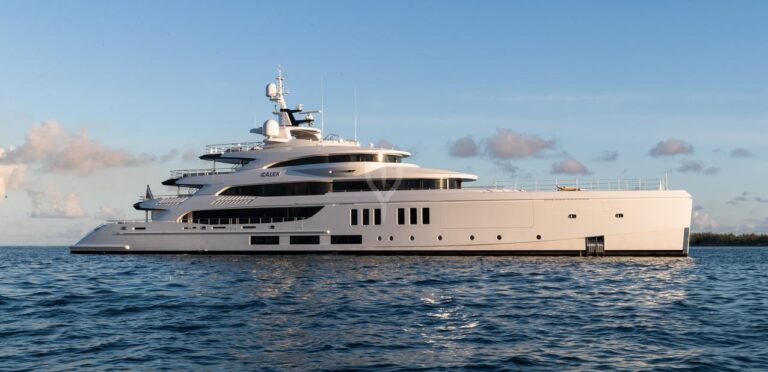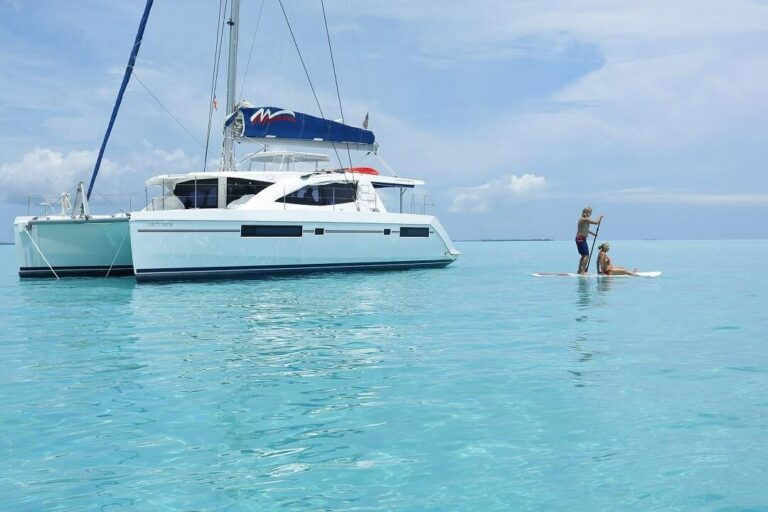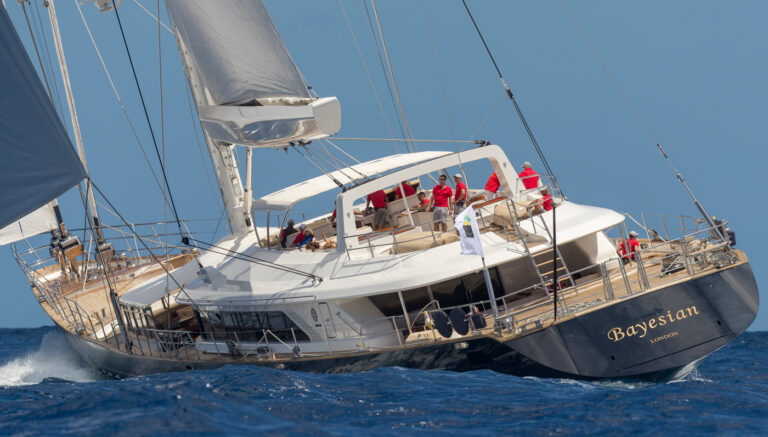On average, Florida has the mildest winters in the continental United States. With lows of 57°F and highs of 78°F, Florida offers an unprecedented amount of activities on the water combined with a very varied and complete offer of urban life. South Florida is the perfect destination for winter without cold, with places and attractions to suit visitors of all ages and interests.
MIAMI
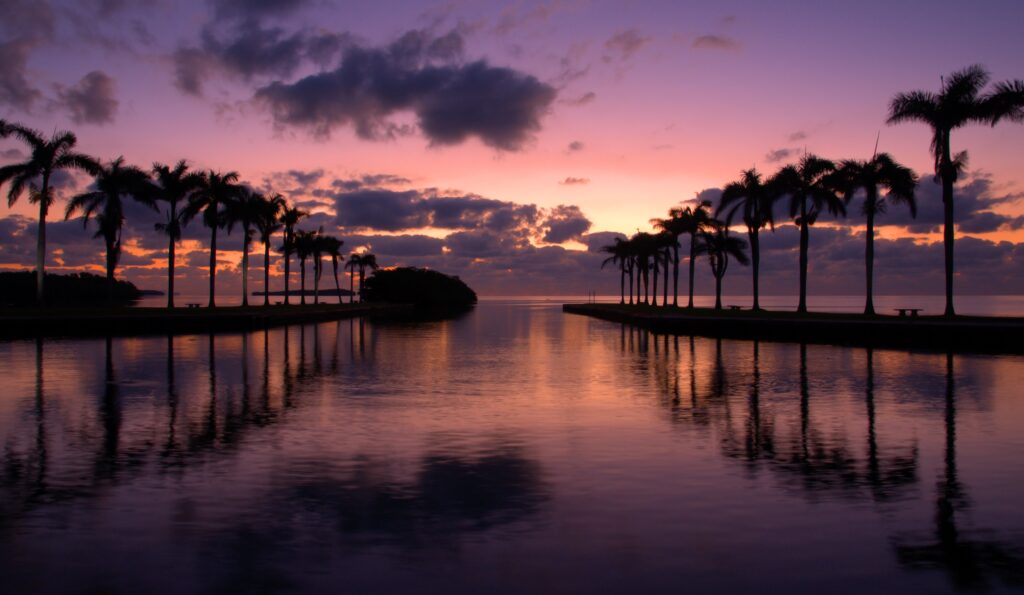
Miami is probably one of the most talked-about beaches in the world.
With its iconic skyline as its backdrop, Miami is a boater’s paradise. Sandbars like Haulover and Nixon Beach are very popular, while South Beach and Coconut Grove offer incredible nightlife. The warm tropical waters, excellent inshore and offshore fishing, and its proximity to Bimini and the Florida Keys are the main advantages of this area.
Miami’s eccentric atmosphere, surrounded by bustling restaurants and bars, provides people with a luxurious if sometimes a bit extravagant, lifestyle.
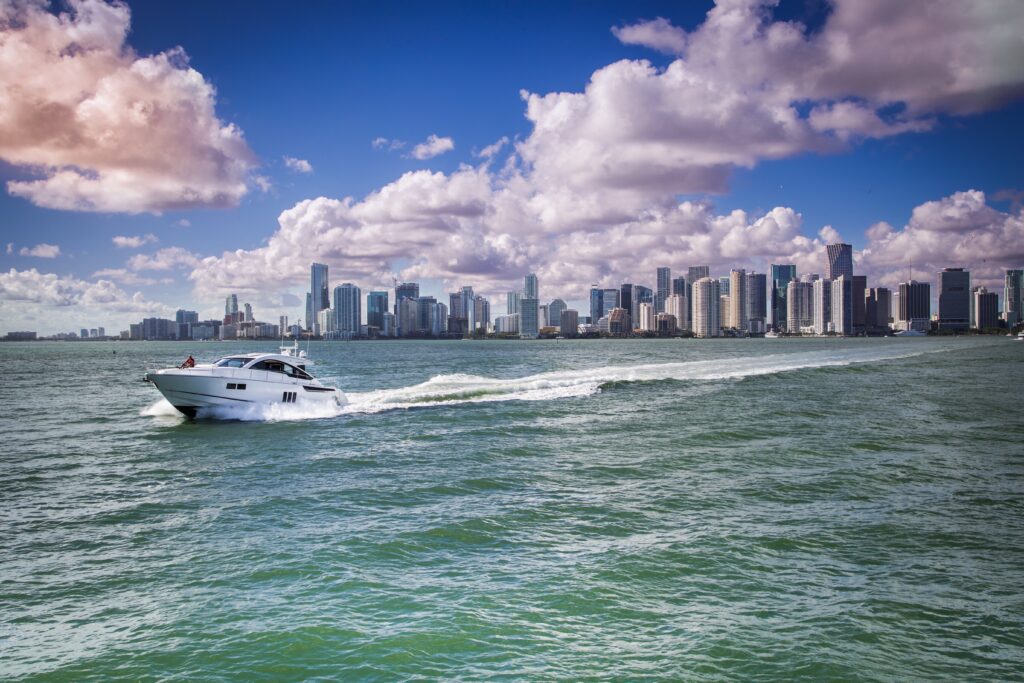
Biscayne Bay offers calm and relaxed sailing with countless points of attraction and places to anchor and spend the night. There are also many marinas available with all the expected services for the boater. In the neighborhood of any docking point, you will find bicycles or cars to rent, to move around the city.
The beaches are known for their crystal clear waters, bright white sand, and excellent urban infrastructure.
After your day on the water, Miami offers you an endless array of dining options. Museums, Art, Parks, and activities for children complete an offer difficult to match.
SANIBEL ISLAND AND CAPTIVA ISLAND
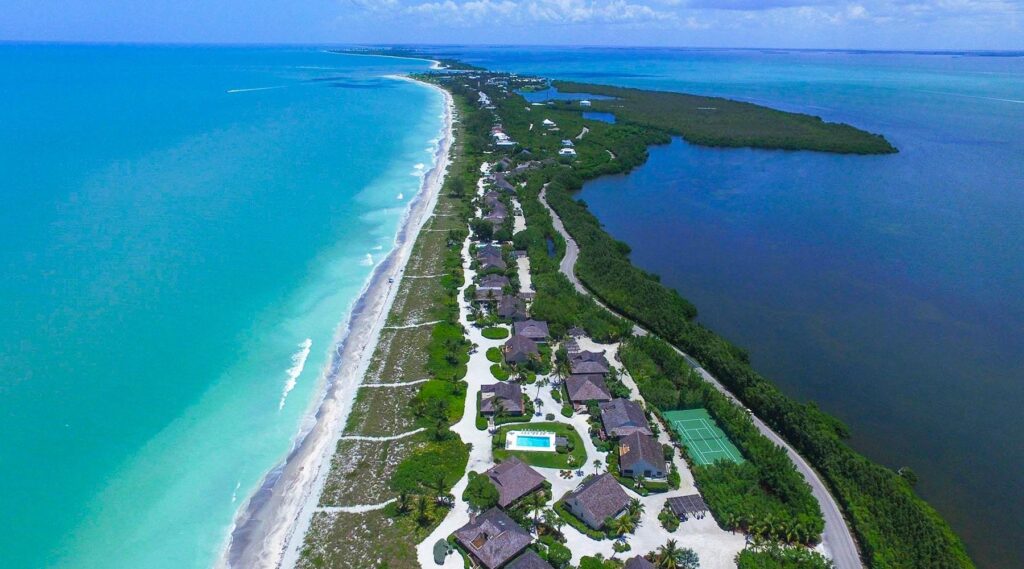
Located on the southern Gulf Coast of Florida is an island known as Sanibel Island. This destination is for those seeking navigation in a natural environment with a privileged microclimate. Outdoor enthusiasts and fitness buffs will love this area; opportunities to get off the boat and go running are widely available. In Sanibel, for example, you’ll find 25 miles of paved bike trails. Captiva has no official bike routes, but you can ride the main road from one end to the other. Cayo Costa State Park, a short boat ride north of North Captiva Island, features six miles of wooded trails for biking or hiking, plus nine miles of open beach for walking and running.
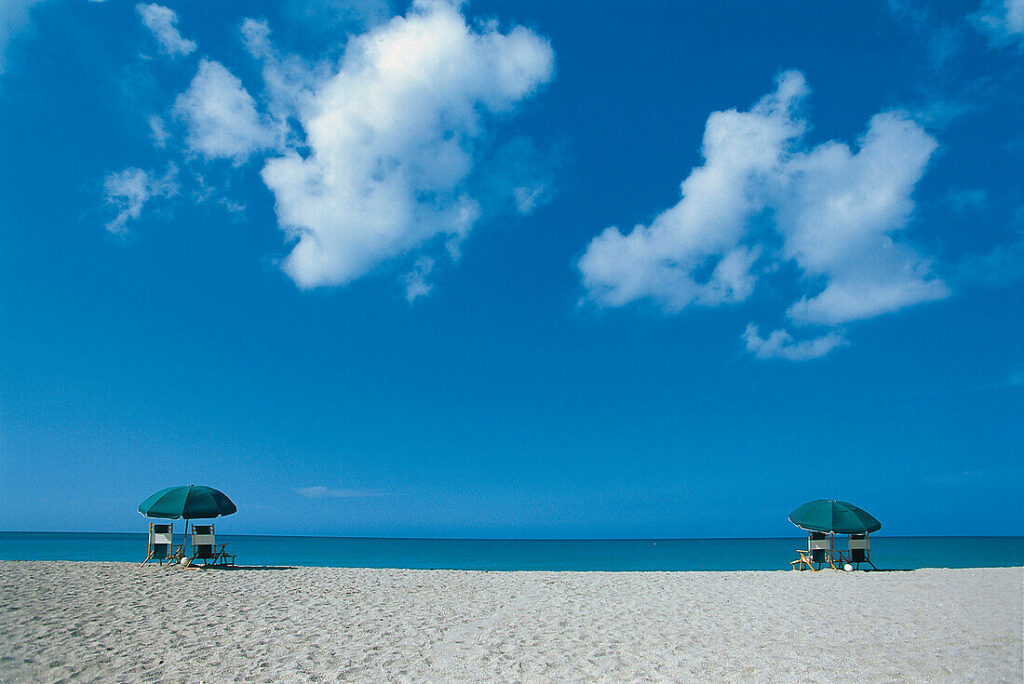
In Sanibel, you can find Yoga and meditation practices on the beach open to visitors. More adventurous paddlers can join Tarpon Bay Explorers at the National Wildlife Refuge. There, an hour and a half kayak tour lead through one of the largest mangrove ecosystems in the country.
CALADESI ISLAND STATE PARK
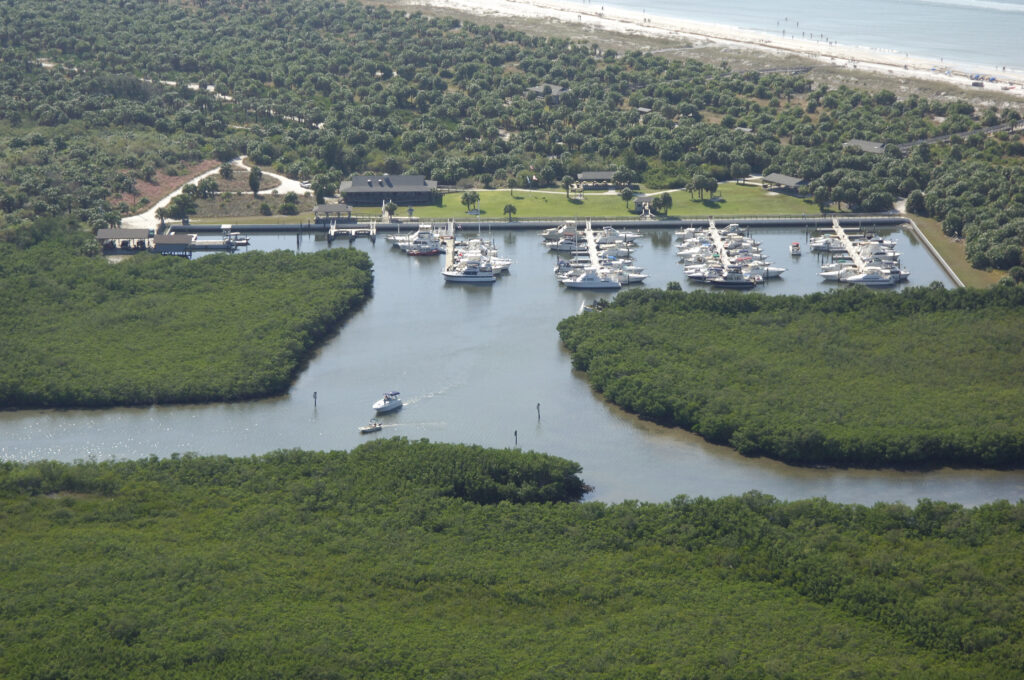
One of the Tampa Bay Area’s best-kept secrets is hidden in plain sight. It takes some knowledge to get there, making the reward all the sweeter and the island less crowded.
Caladesi Island State Park is an outstanding natural destination in the Tampa Bay area for nature walks, relaxation, bird watching, wildlife viewing, saltwater fishing, and playing in and on the water.
Because it takes a little extra effort to get to the island, it never feels crowded, and it’s always a place to enjoy. And of course, no cars are driving anywhere.
Located three miles off the coast of Dunedin, north of Clearwater Beach, Caladesi State Park is one of the few remaining undeveloped islands in the state, and the 600-acre park is only accessible by boat.
The beaches facing the Gulf of Mexico are stunningly beautiful. The bayside of Caladesi is a mangrove swamp that provides shelter to numerous varieties of birds visible from a nature trail that winds through the island’s interior.
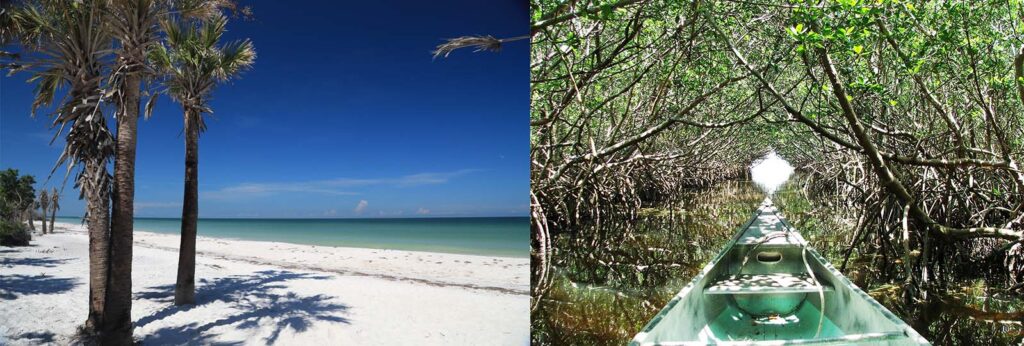
Caladesi Island was “voted the best beach of 2008”. A kayak trail leads through the Caladesi mangrove tunnels to the Gulf of Mexico for the adventurous.
There is a 108-slip marina on the bayside of Caladesi Island where you can dock your boat and spend the night, although you can also drop anchor in the open sea if the weather is calm. The marina allows overnight docking with power and water, but boaters must check-in before sunset.
PALM BEACH
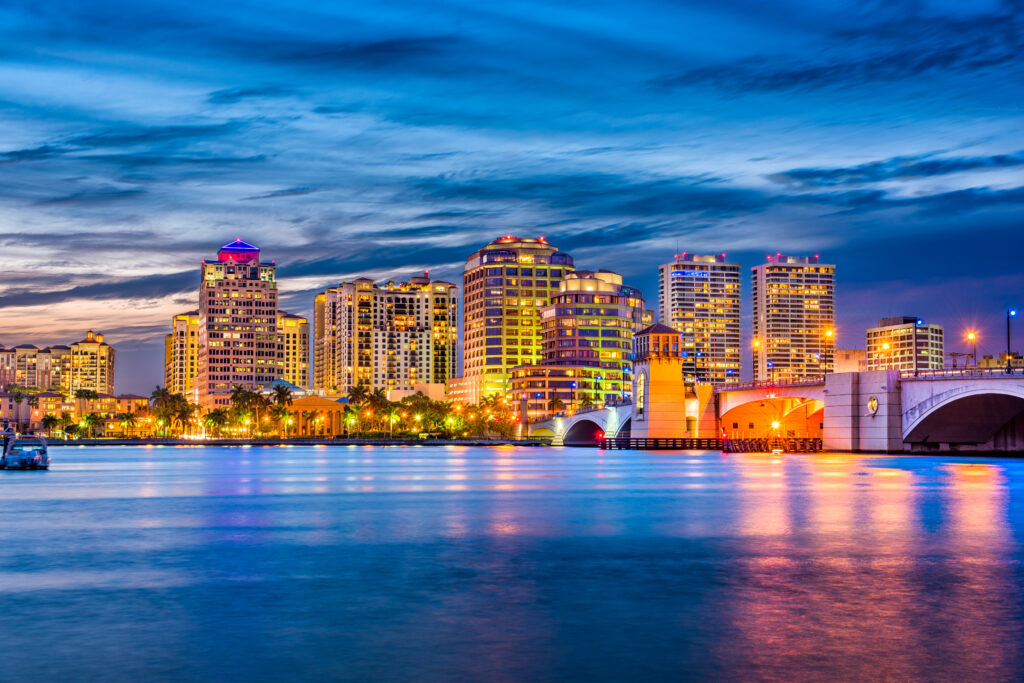
West Palm Beach, Florida, USA downtown skyline on the waterway.
Seeing The Palm Beaches from a boat should be on every bucket list. With 47 miles of beaches on the Atlantic Ocean, access to the Intracoastal Waterway and Lake Worth Lagoon, the Loxahatchee River, and Lake Okeechobee, 125 miles of waterways are available here. No matter where you are in the county, it’s easy to find a boating experience to suit everyone.
The waters off the coast of West Palm Beach and Jupiter Beach are known as the “Fish Superhighway,” which is for those who love to fish. Once the day’s fishing is done, head a little closer to shore, and you’ll be able to see sharks scouring the edge of the coral reef.
Go to Peanut Island to enjoy the park with places to camp and an artificial reef to explore with your snorkel gear. Peanut Island used to be home to a peanut oil shipping company, but now it’s a unique destination that has been entertaining people for years. It is the perfect place to find yourself anchored with hundreds of local boaters.
At dinner time, dock your boat at one of the City Docks, and you’ll be just a short walk from Clematis Street and historic downtown West Palm Beach. Here you will find many dining options and plenty of nightlife to keep you entertained.
FLORIDA KEYS
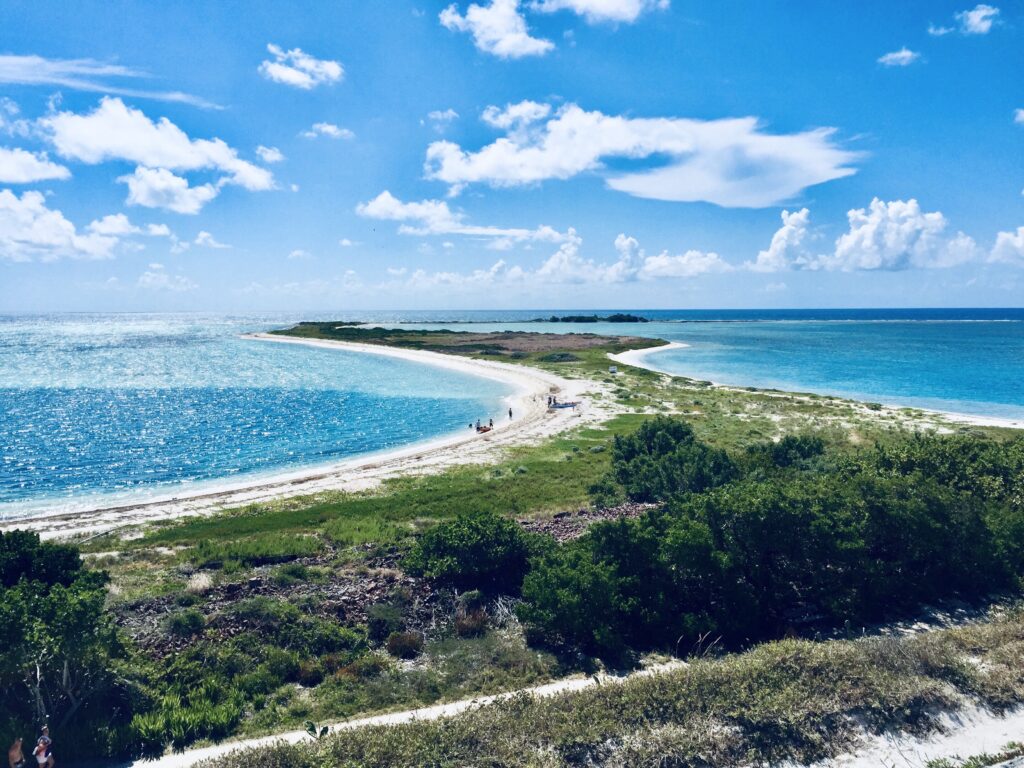
A Florida Keys boating itinerary will have you smiling all day. From Key Largo at the northern tip of the archipelago to Key West at the southern end, the Florida Keys offer enchanting scenery, fun-filled activities, and excellent weather conditions year-round.
The Keys attract 4 million visitors a year. The upper part of the Florida Keys begins south of Miami and continues around the lower curve of the state. The most popular attraction in this Keys section is John Pennekamp Coral Reef State Park in Key Largo.
A bit further south, Islamorada is where you’ll find Bud ‘n’ Mary’s, a legendary marina that serves as a base for sport fishing of all kinds.
The central portion of the Florida Keys begins at Long Key and continues to the Seven Mile Bridge, which connects Knight’s Key (in the Middle Keys) to Little Duck Key (in the Lower Keys). This central section of the Florida Keys is usually a bit quieter than the hotspots of Key Largo and Key West if you’re looking to explore at a more relaxed pace.
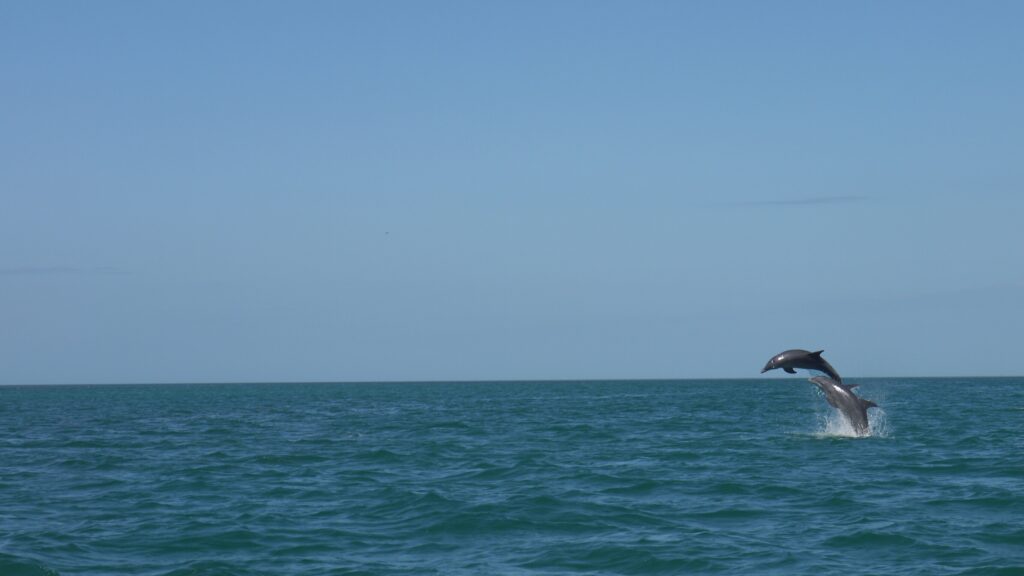
The lower part of the Florida Keys runs from Big Pine Key to Key West, the last stop on the trail. It is literally at the southernmost tip of the United States. Key West is arguably the most famous island of all the Florida Keys, with a plethora of tourist attractions and boaters of all kinds wandering the local streets.
The mecca for many pilgrimages to the Florida Keys is Key West. The place has long been a haven for colorful characters ranging from Tennessee Williams to Ernest Hemingway.
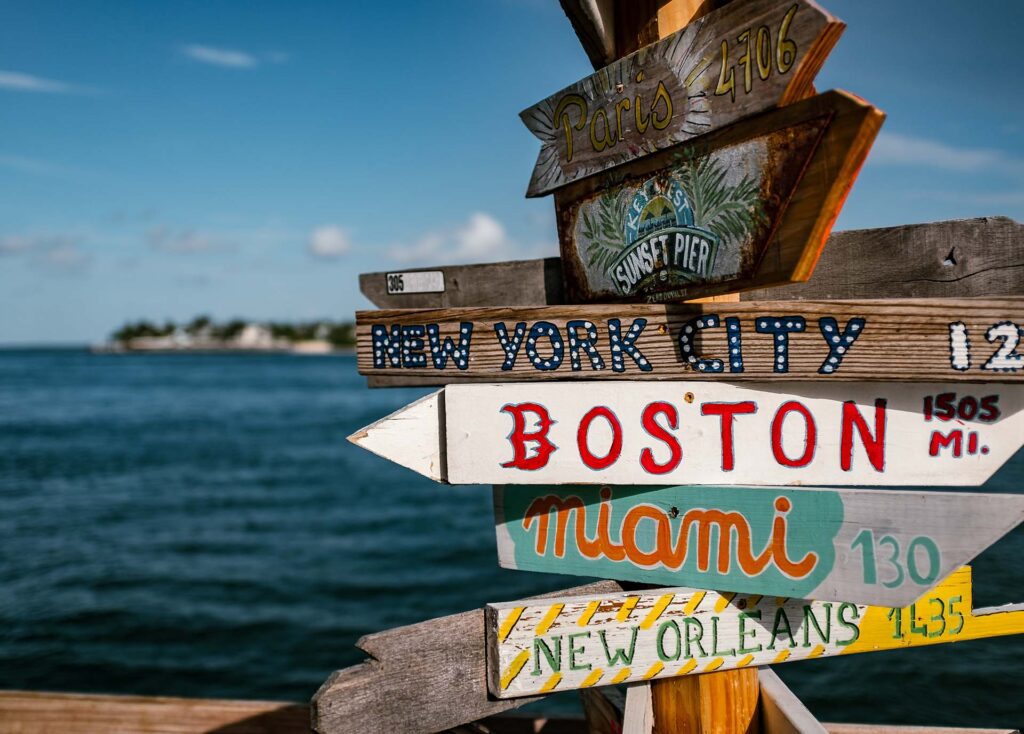
Boaters often head ashore to participate in the Duval Crawl, a do-it-yourself pub crawl along Duval Street in the heart of the city.
An important detail: Navigating the keys is not easy. There are 6,000 reefs and 800 cays. That means the depth changes sharply from point to point, rarely reaching double digits. Navigating the keys requires route planning and strict following of the navigator charts.
© UsaOnboard 2022

